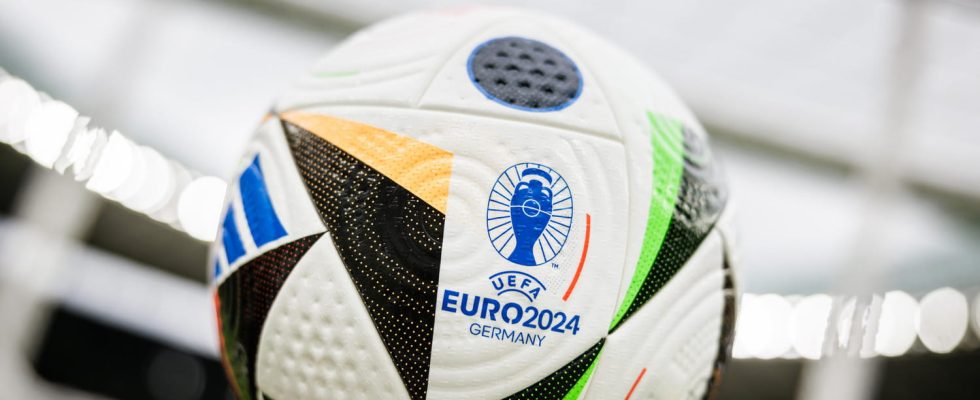The ball used for the Euro was unveiled by Adidas and UEFA, with even more on-board technology. One of them is particularly advanced.
In recent years, technology has increasingly entered the daily life of football and particularly in refereeing, with the aim of helping referees make the right decisions. Since 2018, Video Assistance Refereeing (VAR) has been used in international competitions and, since 2019, in the five major championships.
However, it is an understatement to say that the technology is not unanimous. Originally presented as the solution to all refereeing errors, VAR has also created new ones, with differences in interpretation and communication between referees and those responsible for the video. Since the 2022 World Cup, semi-automatic offside detection technology has also been used in several major championships and in international FIFA and UEFA competitions.
During major international competitions, FIFA and the equipment manufacturer Adidas like to bring new technologies. Thus, we saw for the first time in 2022 the appearance of a connected ball, which was to complement semi-automatic offside technology. For Euro 2024, the German equipment manufacturer unveiled its Connected ball 2.0. In this new version, the spatial geolocation of the ball will be supplemented by sensors that can identify a player’s contact with the leather.

With a precision of 2 millimeters, this technology will not be limited to simply helping decision-making on offsides, according to the promises of this new technology. Indeed, UEFA has announced that this ultra-modern ball will help VAR make decisions during hand disputes. The connected ball, coupled with the use of artificial intelligence to analyze the position of the players, should make it possible to identify the area of the body touched by the ball.
The question of video refereeing is debated in football. In fact, the addition of video and assistance referees did not erase the errors of judgment, and even created new situations of doubt for the teams and the referees. Furthermore, not all of these technologies are foolproof, as the Premier League’s report on VAR intervention this season shows. If 57 of the interventions in the video made it possible to correct a decision, twenty errors were noted, including a goal disallowed for offside in Liverpool against Tottenham while the attacker was in a legal position!
With this additional technology, video assistance in refereeing risks moving ever more towards pure video refereeing, putting the central referee in the background, who must whistle decisions on the field that he does not have. taken. A way of putting even more pressure on the referees, for whom mistakes are no longer allowed.
